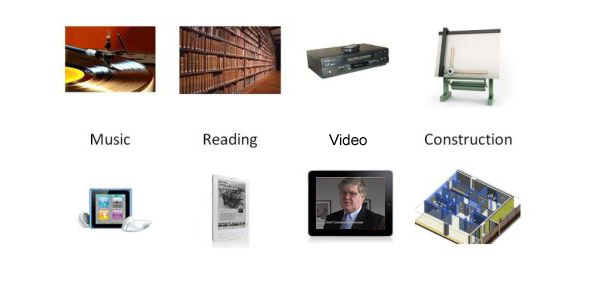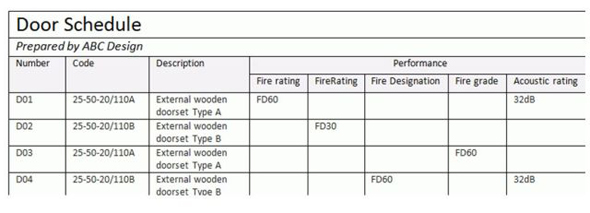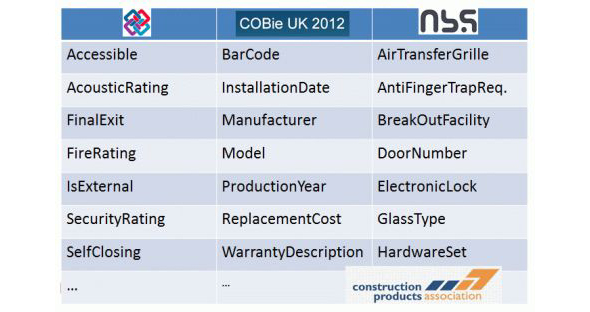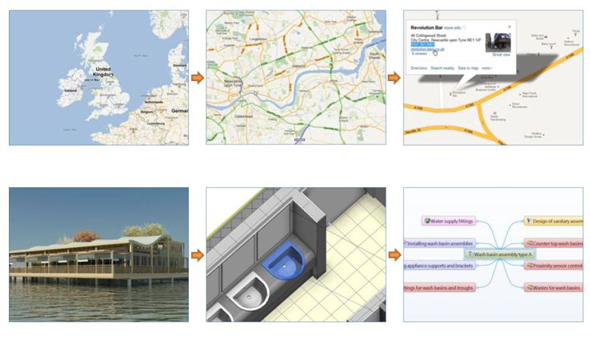Building Information Modelling (BIM) is here to stay. However, which companies in the construction industry are really fully utilising the full power of BIM? It is true that a large number of designers are now generating their 2D documentation from a 3D model. Design team members are also collaborating to eliminate clashes between structure and services prior to the project going to site. In this article, Dr Stephen Hamil asks the question whether 2013 will be the year in which the focus will now move on to the information within building information modelling.
The rise of a digital age
Over recent years a digital revolution has emerged across many industries, changing the way we live. No more than twenty years ago people bought records from the record shop to listen to music; they bought books from the book shop if they wanted to read; they hired videos from the video shop if they wanted to watch a movie.
This is no longer the case. iPads, Kindles, MP3 players, personal computers and the Internet have all changed forever the way we live our lives (see Figure 1).
Within media industries there were companies and organisations that did not prepare or adapt for change. A popular case study that is well documented, is the demise of Kodak as the digital camera rose to prominence.
A similar digital revolution is now happening in the construction industry. Where previously 'documents' such as drawings, schedules and specifications were written, now this information is being digitally generated from well-structured information models. We are starting to see a construction industry in which digital information flows from inception through to demolition, making big efficiency and accuracy savings along the way.

Figure 1 – The times they are a-changing
Digital construction
When people talk about BIM it is easy to fall into the trap of thinking about it simply as a software product. It is true that BIM is about technology, but it's also about collaboration and ensuring the whole process is agreed and understood when working on a project.
However, even if you have great software, people and process, underpinning it all must be great information. This is illustrated in Figure 2 below.

Figure 2 – The quality of the information underpins the whole BIM process
The challenges
To ensure that the correct information underpins the BIM process is a big challenge. Most important is the need to ensure that the BIM objects used have properties that define more than just their corresponding physical object's geometry. This then allows the overall building model to be analysed. For example, if the walls and doors of a space consistently have a property to define fire rating then the model can be analysed for a fire strategy. The same principles apply for properties such as durability, acoustic and structural performance of the building, or spaces or elements within the building. If every object is created to with different property standards then this is an impossible task.
An example of the importance of well-structured information is shown in the Figure 3 below. It can be seen that a simple door schedule cannot be created correctly due to inconsistent properties:
Figure 3 – An example of badly structured information
If BIM is to truly work as a digital flow of information from building design through to operation, then the correct information of physical products must be represented within the model. A logical information structure allows construction professionals to consistently add this data to the model. Manufacturers can support this process too and make it much easier for those working on construction projects to specify their products. If the manufacturers provide this information in a structured digital format, their objects can be easily added into the model. This is far more efficient than the alternative - the manual re-keying of information from one 2D format to another.
One further challenge to consider is that the digital information must flow from one software package to another. There is not one software provider that delivers tools for briefing, design, specification, construction and maintenance. Just as the construction professionals must collaborate, so must the software providers. This can be done through software extensions that link data flows together and through sharing data to open international standard formats.
Support that is required
In in terms of construction spend, the Government is the biggest client in the UK. If they are demanding the industry adopts BIM, it is only right that they provide a certain level of support. At the website www.BIMTaskGroup.org support is provided in terms of a required information structure. The resources here include:
- PAS 1192 – documents the delivery of BIM enabled design and construction information
- COBie UK 2012 – documentation and sample datasets
- Product templates – information templates defining construction products.
If we look at the product information templates and take a doorset as an example, Figure 4 shows a selection of properties that define this doorset. The first column shows properties from the international IFC standard; these cover the key performance attributes of the doorset, for example: acoustic rating, fire rating, security rating, etc... The second column shows the COBie properties that typically the owner of the building may be interested in, for example: manufacturer's warranty, expected life, when installed, etc… The third column shows additional properties that have been added by NBS. BIM Task Group, NBS and the Construction Products Association are working with manufacturers to finalise the templates to make them comprehensive for use in the UK market.
 .
.
Figure 4 – Examples of the properties that define a doorset
Manufacturers may look at these product templates and make their information available to the construction industry in a structured digital format. Small manufacturers can do this by simply putting their information in a spreadsheet format (such as Microsoft Excel); this could be seen as a first step in embracing BIM. Manufacturers at the leading edge will deliver digital versions of their products as rich parametric objects. When looking at what BIM will mean for manufacturers, it is quite possible that their BIM objects will be their product catalogues of the future.
Keep it simple
The most important thing with BIM is that it makes the construction industry more efficient and effective and not more complicated. Through clever software and well-structured data the complexity of BIM will be hidden under the hood. Consider how user friendly a tool such as Google Maps is. Within a few spins of the mouse wheel and a click it is possible to zoom from a view of Europe to find the telephone number of a café in Newcastle. The software technology and the vast amount of "big data" behind the user interface is mind boggling. This is now paralleled in BIM. A user may view the building, then navigate through the floors to the spaces, find the system they are interested in and then the attached specification. Figure 5 shows this analogy – just the right information at the point of need.

Figure 5 – Clever software and structured data provides the user with the right information at the right time
What is next?
By digitising information it is possible to do tasks much more efficiently than before. To look to another industry again, consider how people used to search for a house to buy - visiting a number of estate agents and driving around estates keeping an eye out for "for sale" signs. Now there are leading websites that allow a user to put in a set of criteria for their requirements, and the houses that meet those requirements are returned in seconds. The user no longer has to regularly repeat this task, they can be alerted by email of changes when they happen.
A similar process will happen now in the construction industry. If an architect would like to specify a doorset based on the requirement that it has a fire rating of 120 minutes, then complying manufacturer products will be returned. If a contractor must install a window that has a Kitemark licence for a particular British Standard, then a similar process will be followed.
Finally, where performance is the same, construction professionals will be able to compare other variables such as financial cost, environmental cost, expected life, customer service and availability to decide which product is specified and installed on a construction project.
Summary
It is clear that the digital revolution is influencing our everyday lives, whether movies, books and music or searching to buy a house or a car. This technology and process change is now also revolutionising construction.
When considering BIM, there are big advantages to be gained – generating drawings from a single model, to clash detection, to the creation of visualisations. However, we are now ready to take BIM to the next step, with a focus on the well-structured information that can feed into the models.
Information is at the heart of BIM and standardised, well-structured information will enable enormous efficiencies in the construction industry.
Related websites
- Visit the BIM Task Group website
- Visit the NBS National BIM Library website

